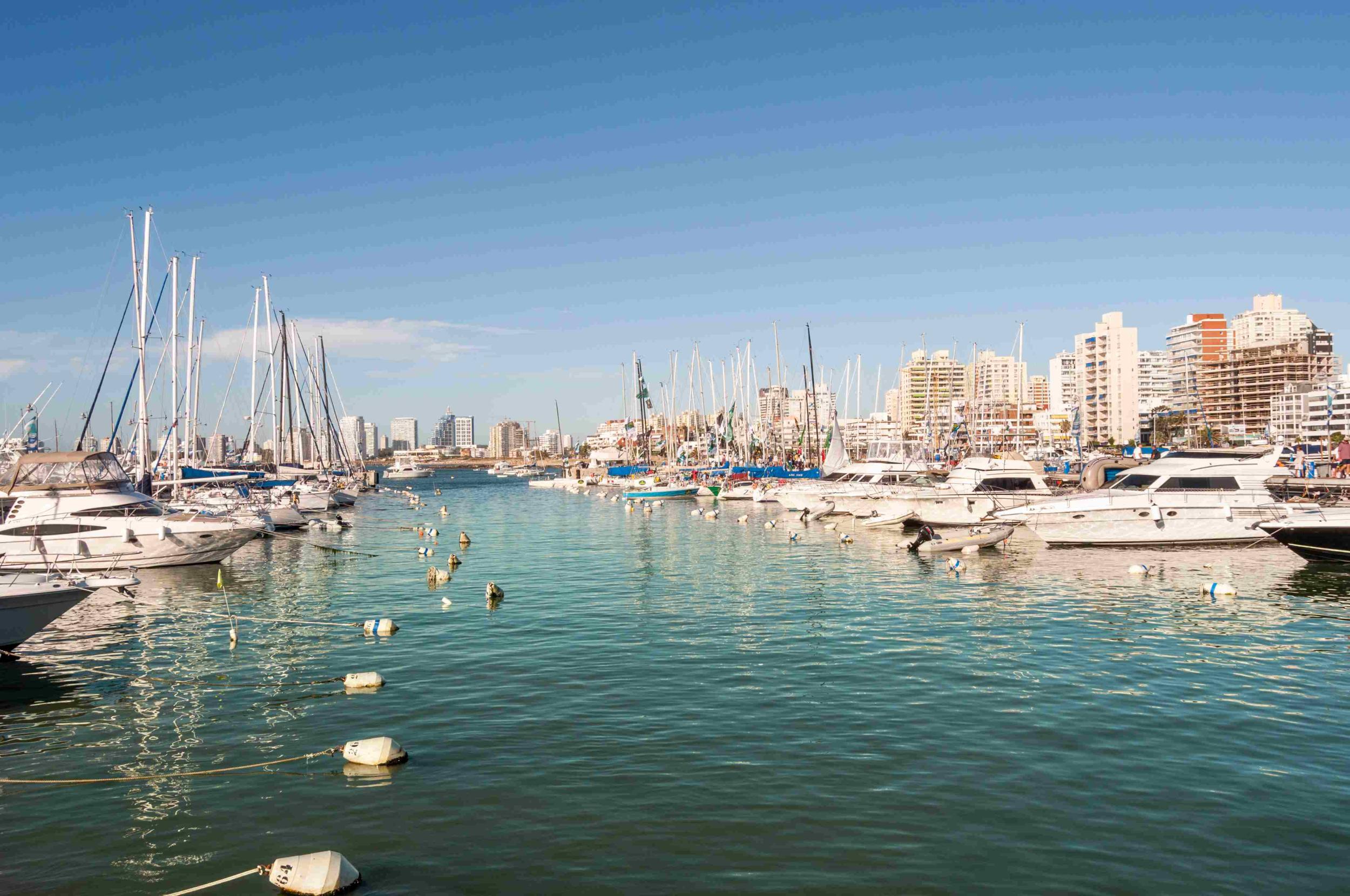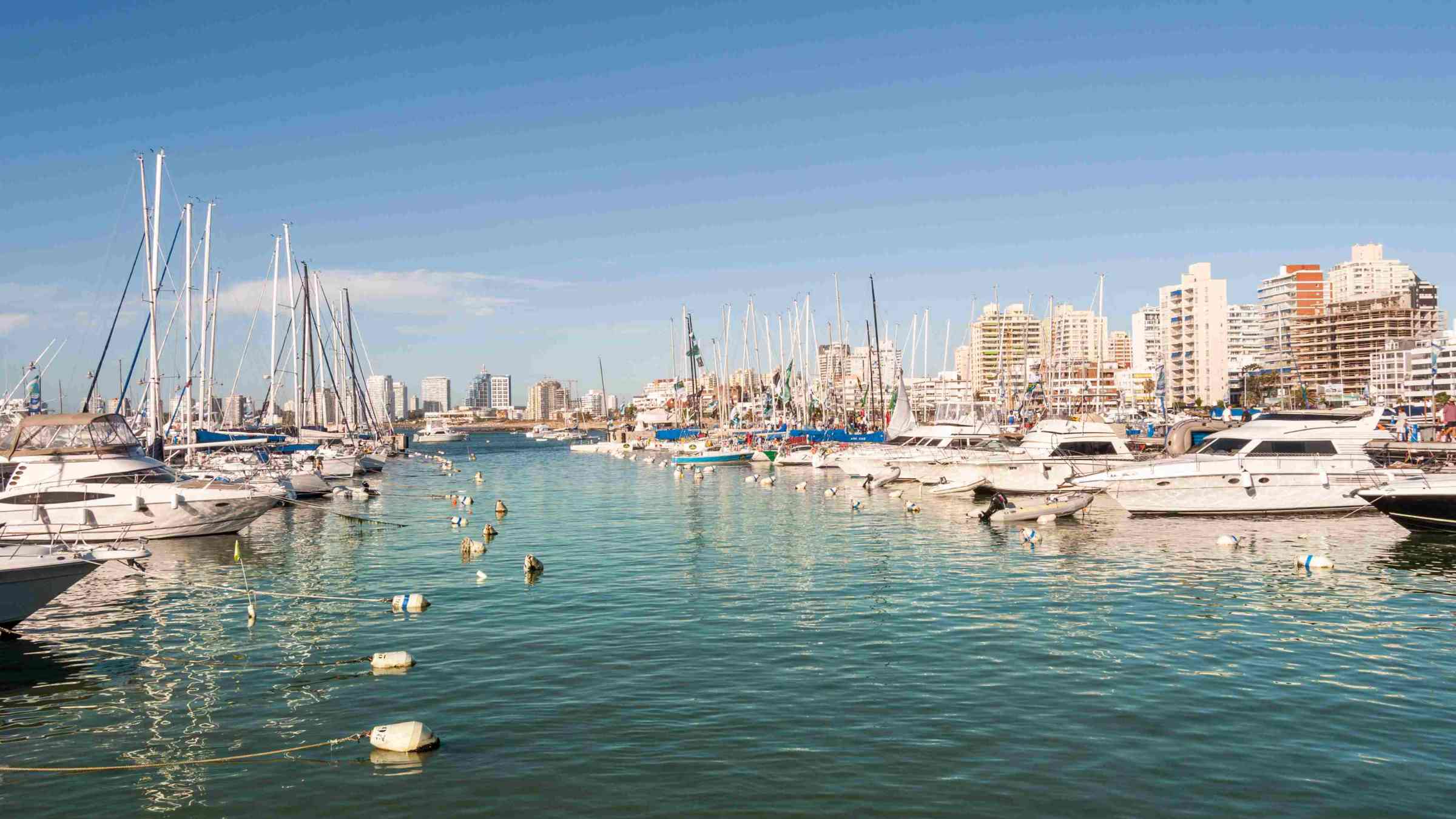I International Meeting and Seminar on Media for Disaster Risk Reduction

Background and context
Disasters and risks dominate the news when they occur or are imminent. However, the role of the media is not - and should not be - limited to reporting when disasters are underway. Media coverage is a powerful tool that can focus attention, set the agenda for public debate, influence policy decisions, change public attitudes... and save lives.
The media shapes public perceptions of the risks posed by natural hazards. These perceptions in turn influence the set of strategies for mitigating future vulnerabilities in the form of taxes, opportunity costs, lifestyle changes, among others.
The media is also a vital information channel between authorities and emergency services on the one hand, and their audiences on the other. It transmits information in both directions. Before a disaster, especially in the case of a natural hazard for which a warning is available, journalists relay warnings and other emergency information from the authorities to the population, thus reducing the risk. Sometimes, journalists may arrive in disaster-affected areas even before the emergency services do. In these cases, their role in relaying information about the situation on the ground becomes even more important.

Agenda
Online access
Interpretation
EN, PT, ESDetails
Contact
UNDRR
